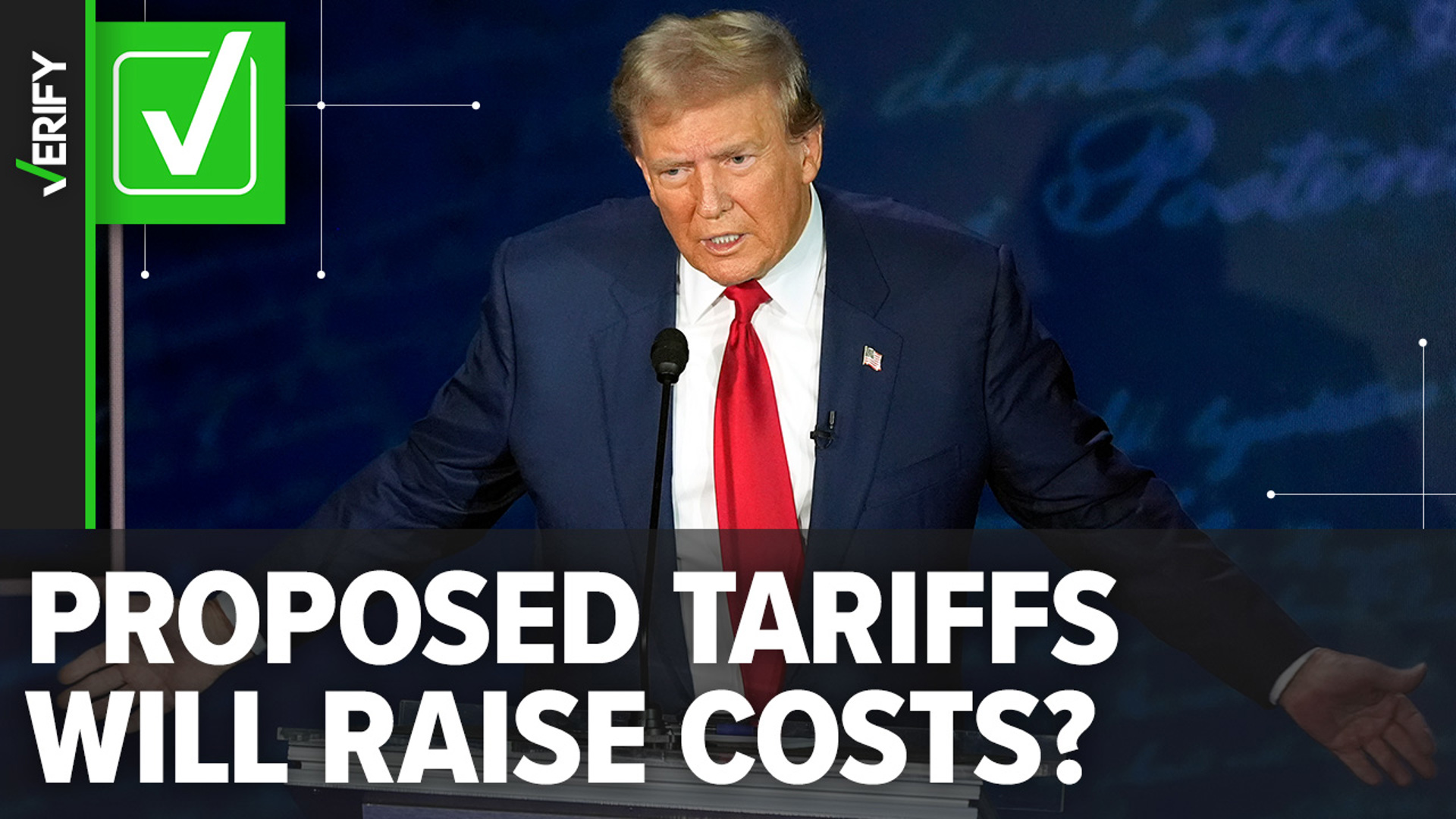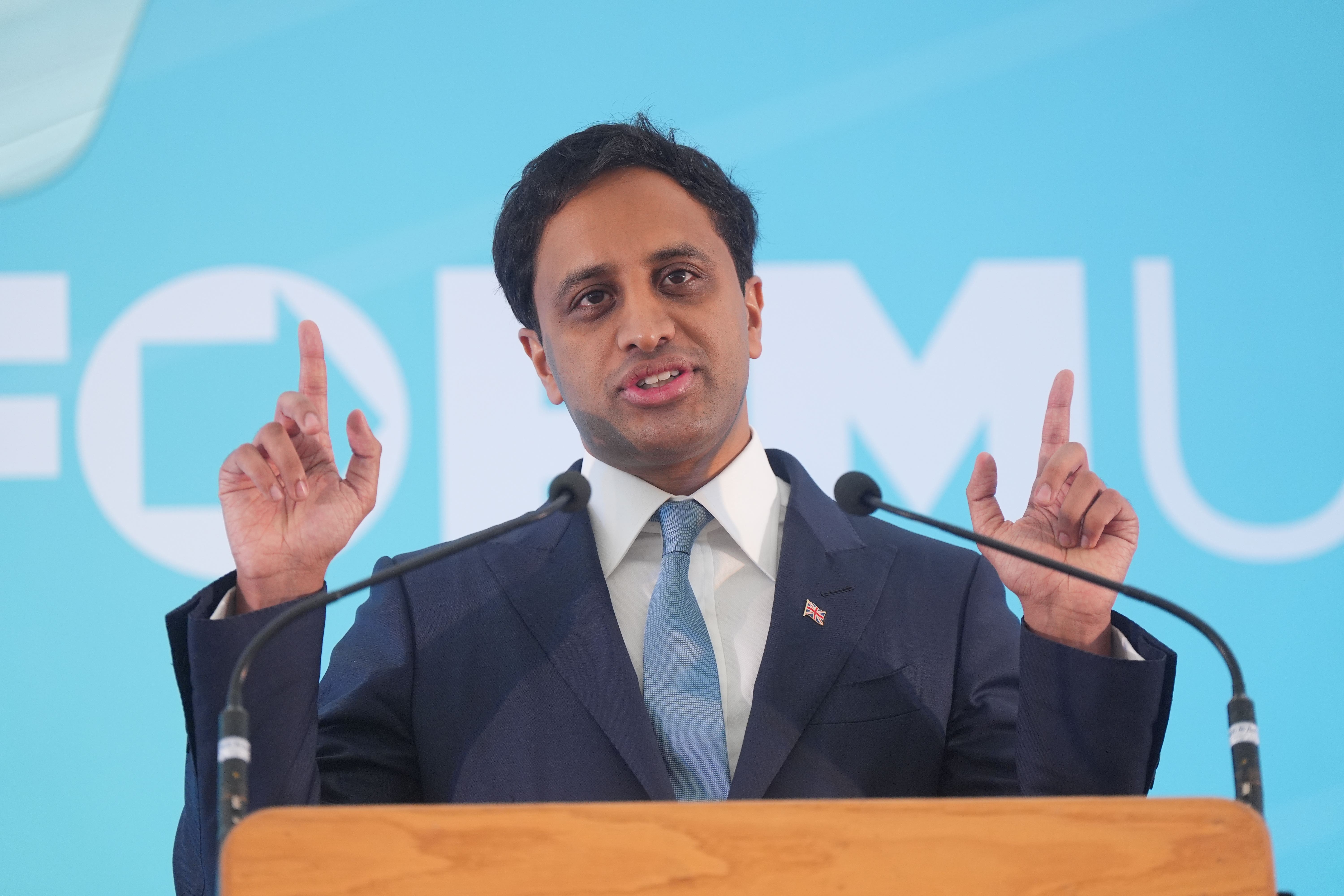Trump's Tariffs: Automakers Struggle With Uncertainty

Table of Contents
Increased Production Costs Due to Tariffs
Trump's tariffs on imported steel and aluminum dramatically increased the cost of raw materials for automakers, a key component in vehicle manufacturing. This increase in input costs had a direct and significant impact on the overall cost of production.
-
Tariff Impact on Raw Materials: The tariffs significantly raised steel and aluminum prices, representing a substantial portion of the cost of manufacturing vehicles. This wasn't just a temporary blip; the increased prices persisted for a considerable period, affecting long-term planning and investment.
-
Squeezed Profit Margins: The higher manufacturing costs directly squeezed profit margins for automakers. Companies faced a difficult choice: absorb the increased costs, reducing their profitability, or pass them on to consumers, potentially impacting sales.
-
Higher Vehicle Prices: Many automakers chose to pass at least some of the increased costs onto consumers, resulting in higher vehicle prices. This led to a decrease in affordability for many potential car buyers.
-
Reduced Global Competitiveness: The increased cost of production made it harder for US automakers to compete effectively in the global market against manufacturers in countries without similar tariffs.
The increased cost of steel and aluminum was not the only factor affecting production. The uncertainty surrounding future tariff policies added to the problem, creating hesitancy in long-term investment decisions and hindering the adoption of new technologies.
Disrupted Global Supply Chains and Sourcing Strategies
The Trump tariffs forced automakers to fundamentally re-evaluate their carefully constructed global supply chains. The reliance on specific sources of raw materials and components became a point of vulnerability, pushing companies to seek alternative options.
-
Re-evaluation of Global Supply Chains: Automakers were forced to undertake a costly and time-consuming reassessment of their sourcing strategies, investigating new suppliers in different countries.
-
Increased Shipping Costs and Logistical Challenges: Shifting supply chains resulted in significant increases in shipping costs and logistical complexities. Finding reliable alternative suppliers and managing the increased transportation demands added substantial overhead.
-
Complexity and Uncertainty: The inherent complexity of global supply chains made shifting suppliers challenging and costly. The uncertainty surrounding future tariff policies exacerbated the situation, leading to further hesitancy in making long-term sourcing commitments.
-
Impact on Smaller Suppliers: Smaller auto part suppliers were disproportionately impacted by these changes, struggling to adapt to the shifting demands and new logistical requirements.
The disruption extended beyond the immediate cost of imported materials. The knock-on effects on logistics, transportation, and supplier relationships added layers of complexity to an already volatile situation, highlighting the interconnectedness of the global automotive industry.
Impact on Vehicle Prices and Consumer Demand
The increased production costs, largely driven by tariffs, were ultimately passed on to consumers in the form of higher vehicle prices. This had a predictable, negative effect on consumer demand.
-
Higher Car Prices Reduce Demand: Increased prices naturally reduced consumer demand for new vehicles, impacting sales figures across the industry.
-
Negative Impact on Sales Figures: Sales figures for many automakers reflected this drop in demand, demonstrating the direct link between tariff-induced price increases and decreased consumer purchasing.
-
Ripple Effect Across the Industry: The decreased demand created a ripple effect, impacting various segments of the automotive industry, from manufacturing plants to dealerships.
-
Impact on Price-Sensitive Segments: The impact was felt most acutely in the price-sensitive segments of the market, where consumers are more likely to postpone purchases or seek alternative options due to higher prices.
The resulting economic uncertainty also impacted consumer confidence, further reducing overall demand. The effect was not uniform across all market segments; luxury brands, for example, tended to be less impacted than budget car manufacturers.
The Impact on Manufacturing Jobs and the US Economy
While the stated aim of the tariffs was to protect US manufacturing jobs, the actual impact was considerably more complex and multifaceted. The hoped-for boost to domestic production did not fully materialize, and some negative consequences emerged.
-
Job Losses Due to Reduced Demand: Reduced demand, driven by higher prices, ultimately led to job losses in some sectors of the automotive industry, including factory closures and reduced production shifts.
-
Uncertainty Hindering Investment: The uncertainty surrounding future trade policies created hesitancy among investors, potentially hindering investments in new technologies and consequently impacting job creation.
-
Complex Economic Impact: The long-term economic impact of the tariffs remains a subject of ongoing debate among economists, highlighting the difficulty in predicting the ripple effects of such interventions.
The overall impact of the Trump tariffs on manufacturing jobs and the broader US economy is still being evaluated by economists, with differing conclusions depending on the metrics used and the timeframe analyzed.
Conclusion
Trump's tariffs presented significant challenges for automakers, leading to increased production costs, disrupted supply chains, higher vehicle prices, and substantial uncertainty concerning future economic conditions. The long-term impact of these policies continues to be a subject of ongoing analysis, highlighting the complexity of international trade and the intricate interconnectedness of the global automotive industry. Understanding the impact of Trump's tariffs is crucial for anyone involved in the automotive sector. Further research into the long-term consequences is vital for informed decision-making. Navigating the complexities of future trade policies and mitigating the impact of potential tariff fluctuations will be essential for the continued success of automakers in a globalized market. Careful consideration of these factors will be crucial in navigating the challenges presented by future trade policies and ensuring the long-term health and stability of the automotive industry.

Featured Posts
-
 Tory Chairman And Reform Uk Clash Tensions Rise Despite Farage Criticism
May 03, 2025
Tory Chairman And Reform Uk Clash Tensions Rise Despite Farage Criticism
May 03, 2025 -
 Tribute To Poppy Atkinson Manchester United And Bayern Munich Unite
May 03, 2025
Tribute To Poppy Atkinson Manchester United And Bayern Munich Unite
May 03, 2025 -
 Dual Sense Ps 5 Controller Colors A Complete 2025 Buying Guide
May 03, 2025
Dual Sense Ps 5 Controller Colors A Complete 2025 Buying Guide
May 03, 2025 -
 Real Housewives Melissa Gorga Exclusive Look At Her Coveted Beach House And A List Admirer
May 03, 2025
Real Housewives Melissa Gorga Exclusive Look At Her Coveted Beach House And A List Admirer
May 03, 2025 -
 Rupert Lowe On X Analyzing The Reach And Messages Impact On Uk Reform Efforts
May 03, 2025
Rupert Lowe On X Analyzing The Reach And Messages Impact On Uk Reform Efforts
May 03, 2025
